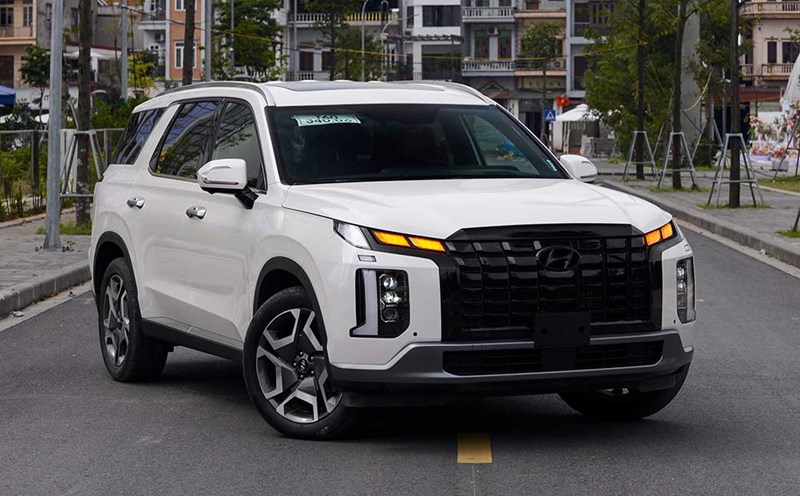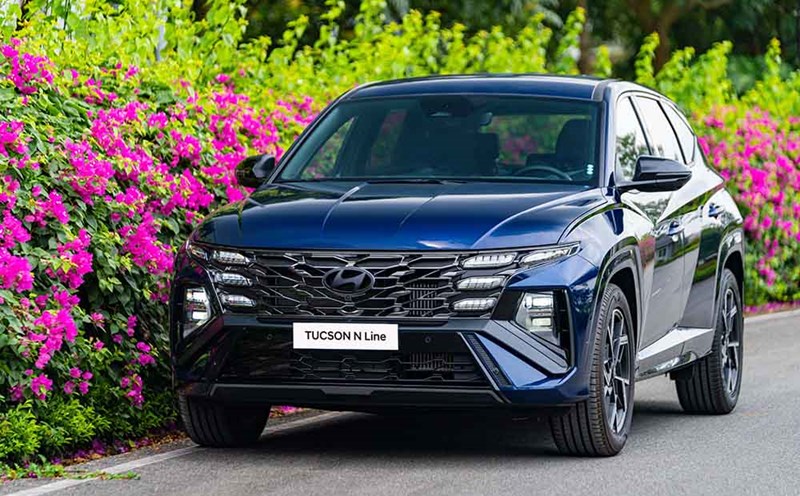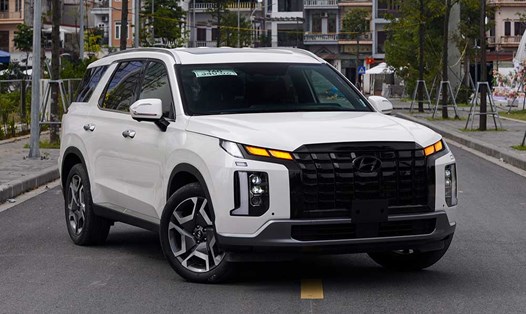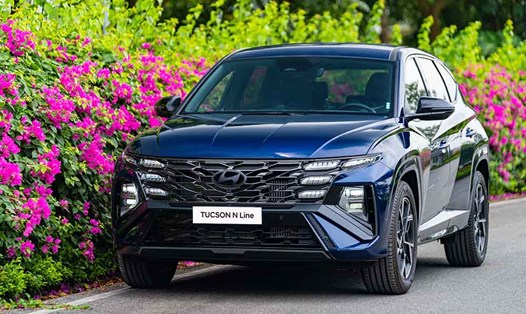Hyundai Santa Fe is positioned in the D-class SUV segment, a direct competitor to Ford Everest, Toyota Fortuner or Mazda CX-8". However, at some points, the preferential after-pricing price of this model is approaching C-class SUVs such as Honda CR-V or Mitsubishi Outlander, making Santa Fe a worth considering choice thanks to many advantages in space, comfort and operation.
With a wheelbase of 2,815 mm, the Santa Fe is superior to the Honda CR-V (2,701 mm) and Mitsubishi Outlander (2,670 mm). The larger size helps this model arrange a maximum of 7 seats, bringing comfort to the third row of seats, while C-class SUVs are often only suitable for children or short distances.
In addition to the advantage of space, Santa Fe also scores for comfort. The new version uses an integrated steering wheel that requires electronic number transfer, freeing up the control compartment area that is occupied by the traditional number on many C-class cars. Equipment on Santa Fe is also richer, with a 12.3-inch dual screen, HUD display on the windshield, wireless Apple CarPlay/ Android Auto connection and Hyundai SmartSense safety package including adaptive cruise control, lane keeping assist, blind spot warning, emergency braking, side start...
In terms of performance, the Santa Fe engine does not depart too much from the C-class car in terms of cylinder capacity, but the technical configuration is more diverse. The high-end version is equipped with HTRAC full-time four-wheel drive, while the CR-V or Outlander mainly uses front-wheel drive. The ability to insulate sound is considered quite good, suitable for both urban and long-distance travel.
With a combination of spacious space, rich amenities and advanced safety systems, Hyundai Santa Fe affirms the advantage of a D-class SUV, surpassing its C-class competitors in the same promotional price range in some stages.











